Coming home
When you first think of Japan, I’d wager that you don’t think of Higashi-Kurume. For me, it’s always the first place that comes to mind.
A suburban city on the north-western edge of Tokyo, Higashi-Kurume was a charming, yet wholly unremarkable place; a labyrinthine web of criss-crossed power cables and meandering streets lined with snack bars and pachinko parlours. A tiny inari shrine near the station, the languid smoke from aloeswood incense painting memories onto the wooden beams surrounding its altar. The morning tide of gakuran and sailor-suited students eagerly winding their way up to a middle-school on a hill. A bountiful community vegetable garden, home to calico cats and the gentle staccato of dragonflies. The perfect portrait of small-town mundanity.
That’s not to say that Higashi-Kurume was tired, but comfortably wound around the rhythms of simpler days. By the time I came to live there – the sweltering summer of 2005 – the most excitement the city had seen in years was when a daikon radish grew up and burst out of the roadside drainage. Having last been repaved a decade prior, it remains a mystery how the seed had gotten underneath the road, but nobody was in any doubt that the sprout had shown a real grit and determination to see the sky. Eventually, the local press got involved and that wayward vegetable would become known across the country as Dokonjō Daikon. The ‘Gutsy Radish’. 1

Moving to Japan to attend university, I came fresh with a head full of assumptions as to what life in the country might be like. Having never visited, I craved life in an ‘authentic’ Japanese house. Something stereotypically wooden, with the shōji screens, futons and tatami floors that I had seen in photographs from my dad’s business trips. I was utterly ignorant to the realities of the Tokyo housing market and my search for somewhere to live proved difficult. What I was looking for was not so easy to come by in central Tokyo. Less so on a student budget. With its history as a “bed town”2 however, the same could not be said for Higashi-Kurume. Scanning through the low-resolution photos available online, I chanced upon a house looked exactly as I’d dreamed. And so, demonstrating absolutely no understanding of the vast scale of Tokyo, I paid my deposit.
Entering the garden through a narrow path beside a vending machine, I felt at home the moment I arrived. Surrounded on all sides by apartment towers and with only a strip of sky above it, my little wooden house with its red kawara roof tiles stood defiant in the shadow of its high-rise neighbours. The house spread across two floors. At ground level there was a genkan entrance hall, a spacious kitchen, two tatami bedrooms and a bathroom with a traditional soak tub. Moving upstairs, there were two further bedrooms and – to my complete bemusement – a squat-toilet. It would have been a lot of house for one student, but I wouldn’t be living alone. Over the course of my time there, I shared the space with several people: A Danish fine-art student, two German engineers and a Taiwanese cook who worked long shifts at the local McDonalds and with whom, sadly, I rarely crossed paths. My room would be on the upper floor: A spacious eight-tatami mats3 with a small desk, a rice-paper lamp and a balcony overlooking the modest but well-manicured garden below.
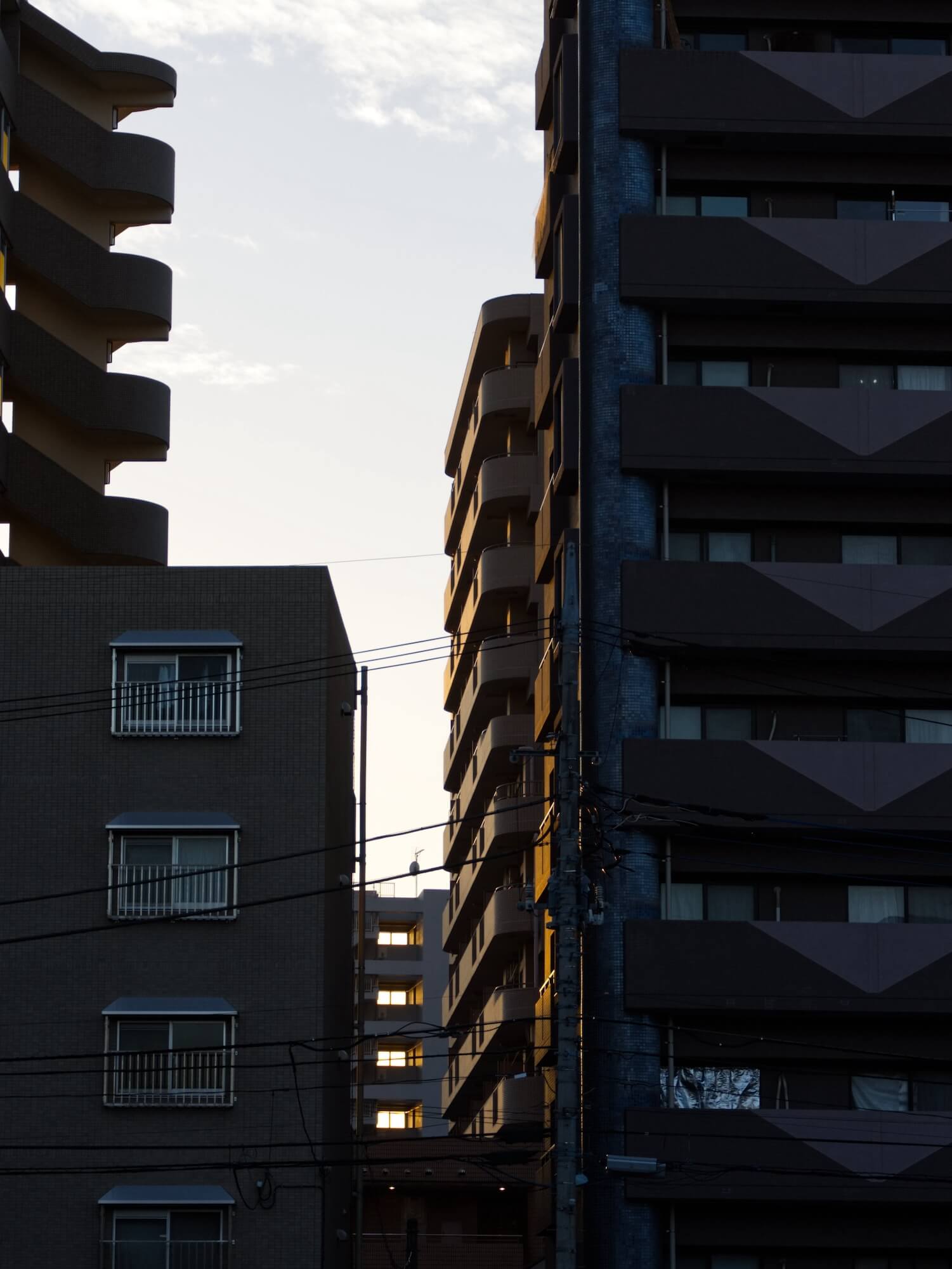
I moved in during the twilight of Tokyo’s rainy season4 and the house crackled with the scent of warm cypress and petrichor. I’d spend my first days close to home to gather my bearings: Fresh vegetables from the chain-smoking grocer by the station; cold beer and snacks from the FamilyMart near the river. Once I was confident that I could venture out without the shame of looking lost5, I started to go further. By my second week in Higashi-Kurume, I was following tip-offs from housemates on where was good and, in return, I’d practice my Japanese to get new recommendations from the friendly residents of our neighbourhood. Things didn’t always go to plan – my language was awkward and stumbling – but every uncovered bar or restaurant made progress both tangible and delicious.
Before long, my outings became more ambitious and I found myself exploring the length and breadth of Tokyo proper. Viewed through the rain-spotted lens of a convenience-store umbrella, the city seemed somehow more vivid than I had imagined. I needed to see it all. From morning until sunset I would pound the streets until my shoes were soaked-through and my mind buzzed with half-understood neon. At night, I’d collapse exhausted into the safety of my futon where, with hundreds of apartments – hundreds of families – towering above me, I’d lay awake and nurse my homesickness like a punch to the gut. By morning, I’d wake eager to go again.
Time rumbled on and the thunderhead of July soon made way for the furnace of August. White-hot and so humid that it felt like you might drown in the air, I suddenly found my options for exploration more limited. Most days I stayed inside the house, shaded under textbooks and my ever-growing list of linguistic faux-pas6. If I was to venture outside, it was only for necessities and, for each trip, I would take great care to plot my route moving between vending machines in a (usually futile) quest to remain hydrated. On particularly searing days the only escape was the cool concrete of the kitchen floor. It was there, laying on that floor and quietly observing as the evening sun cast hazy shapes onto the frosted-glass of the window, that I would also come to appreciate another side to my new home: When you pause to listen, there is a warm musicality to Japanese cities. The cuckooing pi-po of pedestrian crossings. The parley of crows as they jostle for position on fences and powerlines. The way that the sweep of the automatic doors at the local pachinko parlour softens the edges of the cacophony until, when listening from afar, it could be mistaken for the distant roaring of ocean waves. How, every day as the sun sets, the municipal speakers play a folksong called Yūyake Koyake to tell the neighbourhood children that it’s time to go home 7.
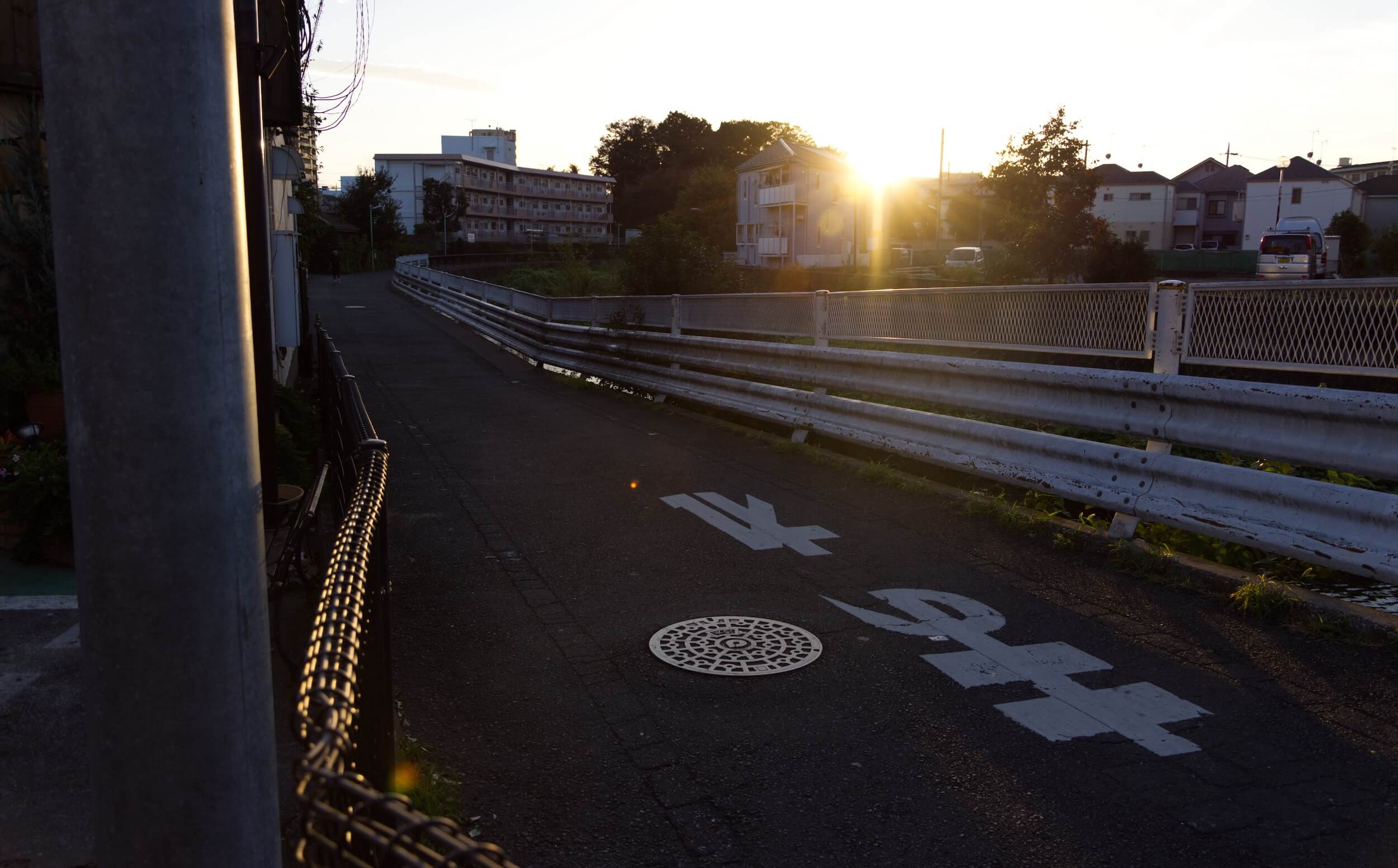
Over those summer months I grew to deeply love life in Higashi-Kurume but, when late-September arrived, it brought the first cool breeze of Autumn, the cicadas fell silent and the semester began in earnest. Soon my classes would find their own cadence, counter to the meandering pace of Higashi-Kurume, and that tension began to draw me away from the city. Ultimately, geography was against me. At around a 90 minute commute each way to my university in Aoyama, I knew that it was already time to move on. At last, and with that same flippancy that had brought me to my first home in Japan, I relocated to a more central suburb, met new friends and didn’t look back.
A decade or so later, on a clear late-October evening following a typhoon, I’d again find myself in Tokyo. With my prior plans cancelled by the storm and at something of a loose-end, I jumped on the yamanote in search of a destination. Were you to ask, I could not say why I was so suddenly drawn to retrace my steps from many years before but, perhaps, it was some subconscious need to make amends for the abruptness of my departure; an epitaph for that first Tokyo summer. As the train pulled into Ikebukuro, I disembarked, changed platforms to the Seibu line and headed out to my old neighbourhood for the first time since I had left.
There is an impermanence to Tokyo that I haven’t experienced elsewhere. Coming home after so many years, my arrival was like some half-remembered dream; familiar, yet distorted. The central station had been thoroughly renovated and, though I can’t be certain it was the case, it seemed as if fragments of the original still remained – As I traced a path from the platform to the north-gate and into the streets beyond, I’d catch the occasional glimpse of some familiar-looking stairwell or passageway, frozen in the amber of a modern shopping precinct.
Moving away from the station, the pace of change faltered. The chain coffee and family-restaurants, reassuringly, gave way to more familiar sights. The grocer was still there – tired and working well into what, by now, must have been his 80s – as were many of the bars, ramen-joints and rice-bowl restaurants recommended to me in those early days. Still, for every retained location, there would be another absence. I returned to the site of my first real Japanese conversation, now fluent and determined to redeem myself, only to find that it had long-since become a bicycle shop. The McDonalds where my housemate once worked was three days from closing its doors for the last time (I think it’s a seafood restaurant now). I headed north towards the river.
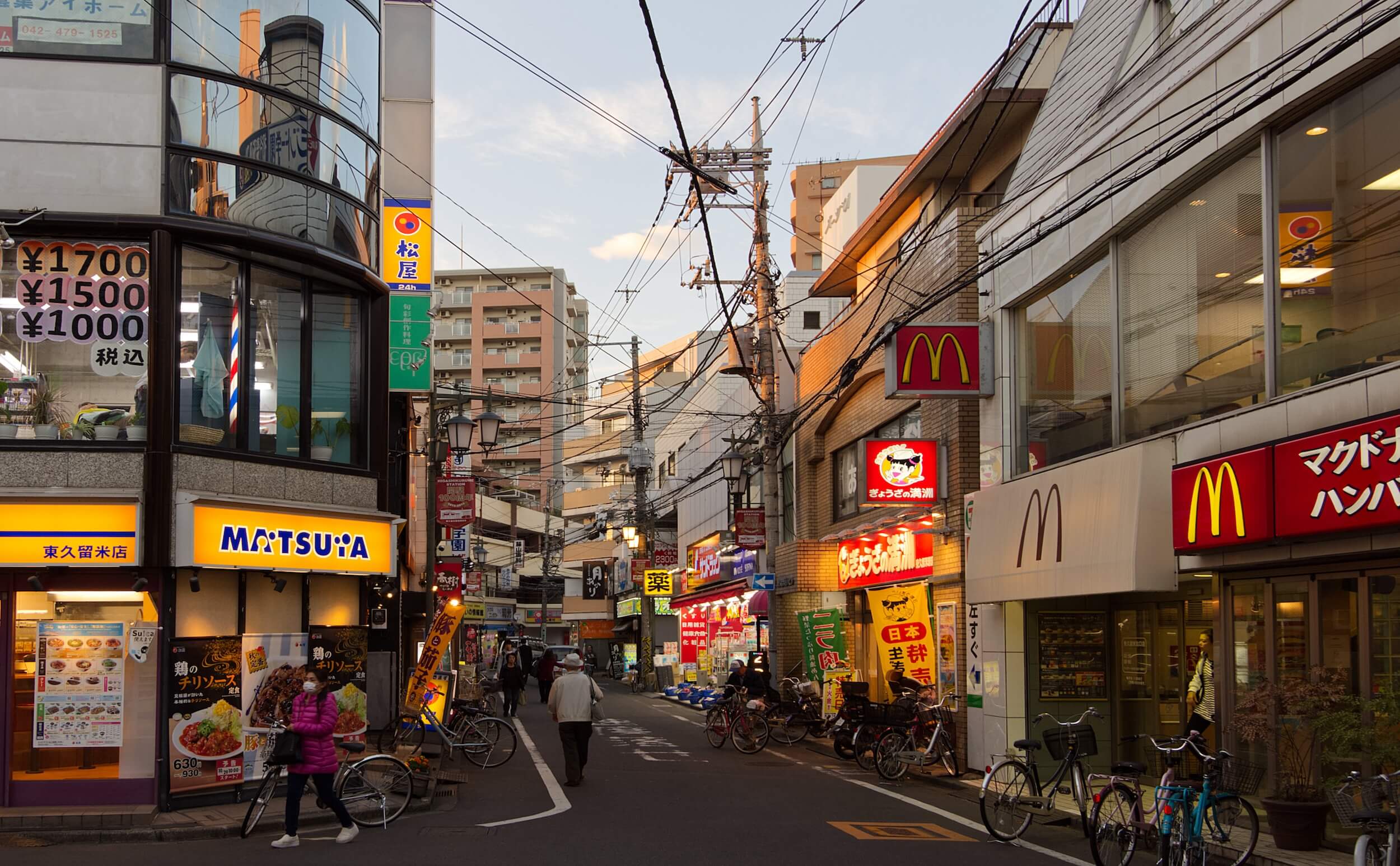

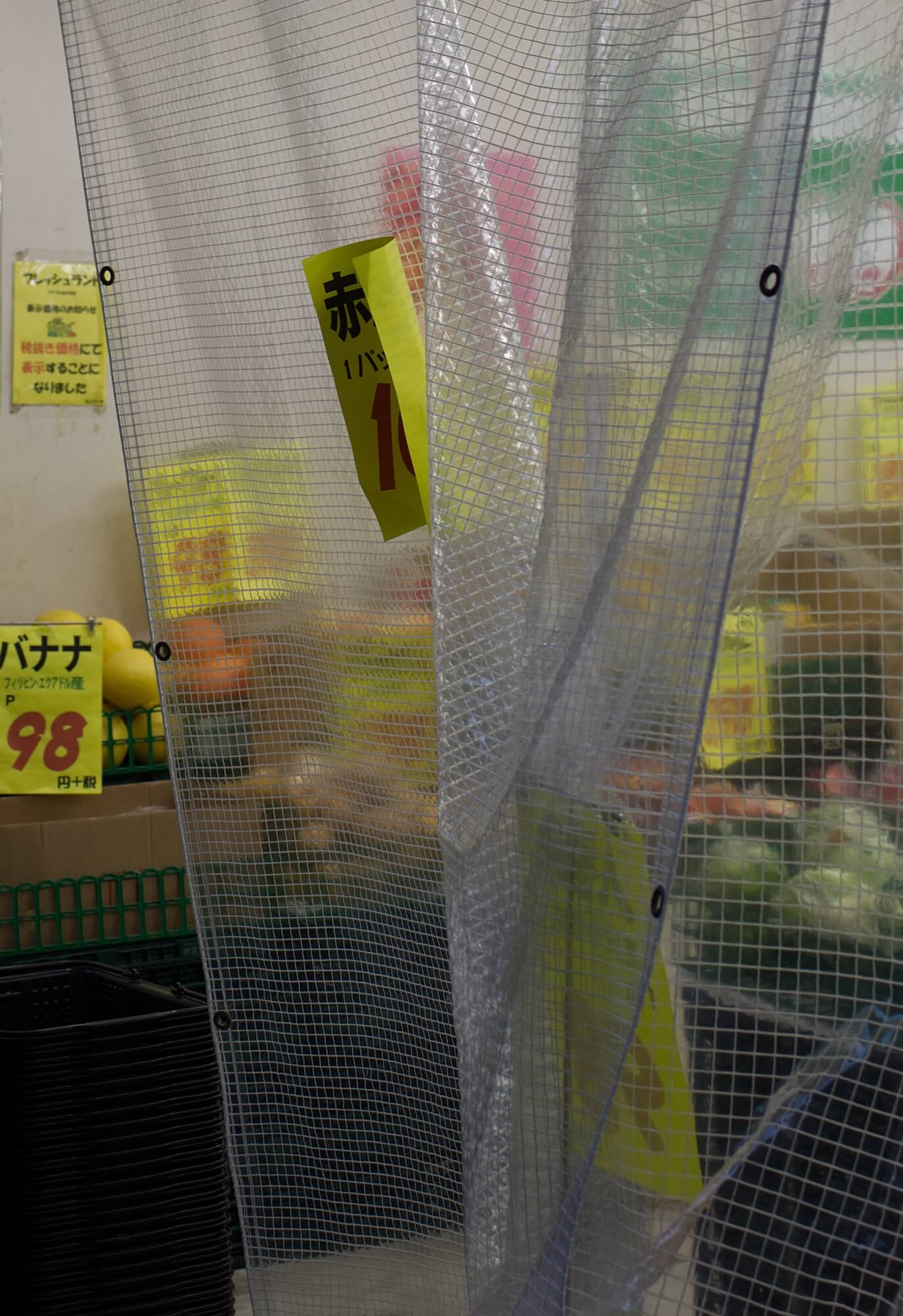
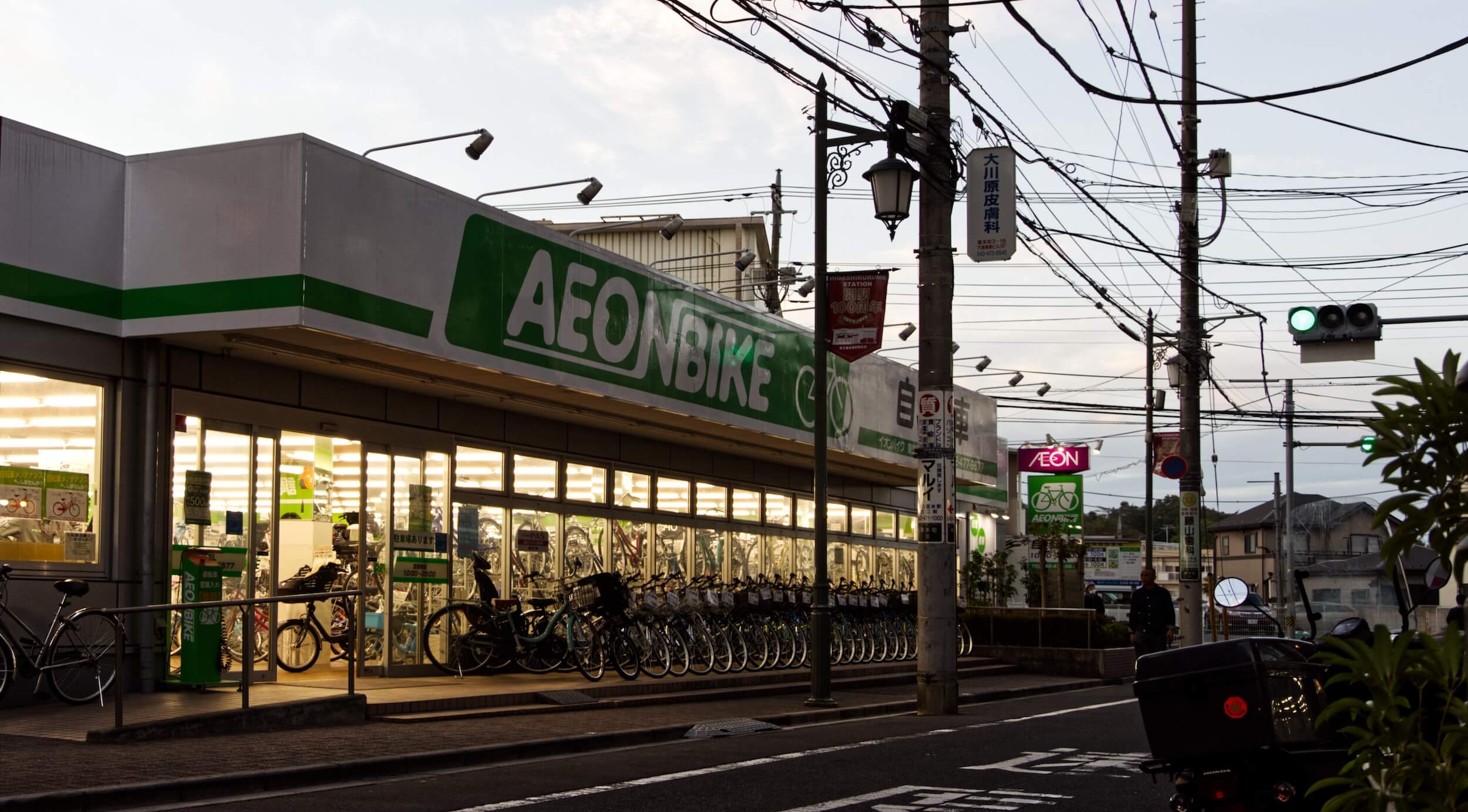
When I at last reached the vending machine, still standing guard by the path to my house, I stopped to buy a drink. Sipping at the sweet coffee, I thought about the years I’d been gone. Over time and subsequent lives in Japan, my experiences in Higashi-Kurume had faded to become simply another part of a bigger picture. Caught in the current of central Tokyo, I had barely given the city a second thought but, walking the streets again, it became clear to me how much those three months had shaped my experience of life abroad. Without doubt, the slower pace of life that I’d experienced here was something to be savoured. It had eased my transition into Japanese life and, removed from the constant churn of the capital, that little house had provided pause to notice the finer grain of the place. There had been set-backs, of course, but those interactions – tentative and low-stakes – had helped to build bridges between my naïve expectations of Japan, and the country as it really is.
Finishing my drink, I watched as the last drops of golden sunlight fell behind the high-rise buildings. I felt twist in my gut. As it had always done, ’Yūyake koyake’ began to play over the municipal loudspeakers. Time to go home.
I rounded the corner and stepped into the alleyway.

The little house with the red roof tiles was gone. My first home in Japan, replaced with a modern apartment block.
To a passing visitor, Higashi-Kurume is still as unremarkable a town now, as it was then. I suspect that it always will be. For me though, that is precisely what makes it somewhere special. At a time when everything in my life was in flux, a simple wooden house in a mundane city gave me a safe space to grow and the determination to find my footing. Though my home in Higashi-Kurume is no more, I can’t help but smile when I think of that plot of land looking up at its tiny patch of sky.
Just beneath the surface and without anyone even knowing that it’s there, a part of my history will be forever rooted in those foundations.
Footnotes
-
By the end of summer the daikon would be cut down in its prime by a jealous vandal, before being immortalised in its own picture book, titled “がんばれ大ちゃん”, or Go for it, little Daikon. ↩
-
Not as sordid as it might initially sound. ベッドタウン, or “bed town” is the Japanese term for a commuter city ↩
-
Tatami mats are a uniform size so their arrangement makes it easy to measure a room. The unit for a single mat is known as 畳, or jō. In this case, the room measured approximately 14m² ↩
-
Tokyo’s rainy season, known locally as tsuyu, usually lasts from May to July. The kanji characters for the name 梅雨 are “plum rain” as the season synonymous with the ripening plums. ↩
-
The word for a lost person in Japanese, 迷子, translates literally to “lost child”. The word is commonly used for adults and children alike but, at the time, the risk of the former felt to me as if it would add insult to injury ↩
-
It was on one of my early outings that I first experienced the all-encompassing, soul-cleansing embarassment that will be familiar to any language learner. There are at least four standard ways of expressing a conditional statement in Japanese, each with their own nuance. Confidently mid-sentence, I became acutely aware that two years of University language lessons had not furnished me with any of them. I vowed that it wouldn’t happen again. It did. ↩
-
Every region plays a different variation of the tune. Here’s a field recording of Higashi-Kurume’s 東京都東久留米市防災行政無線17時20分 - YouTube ↩